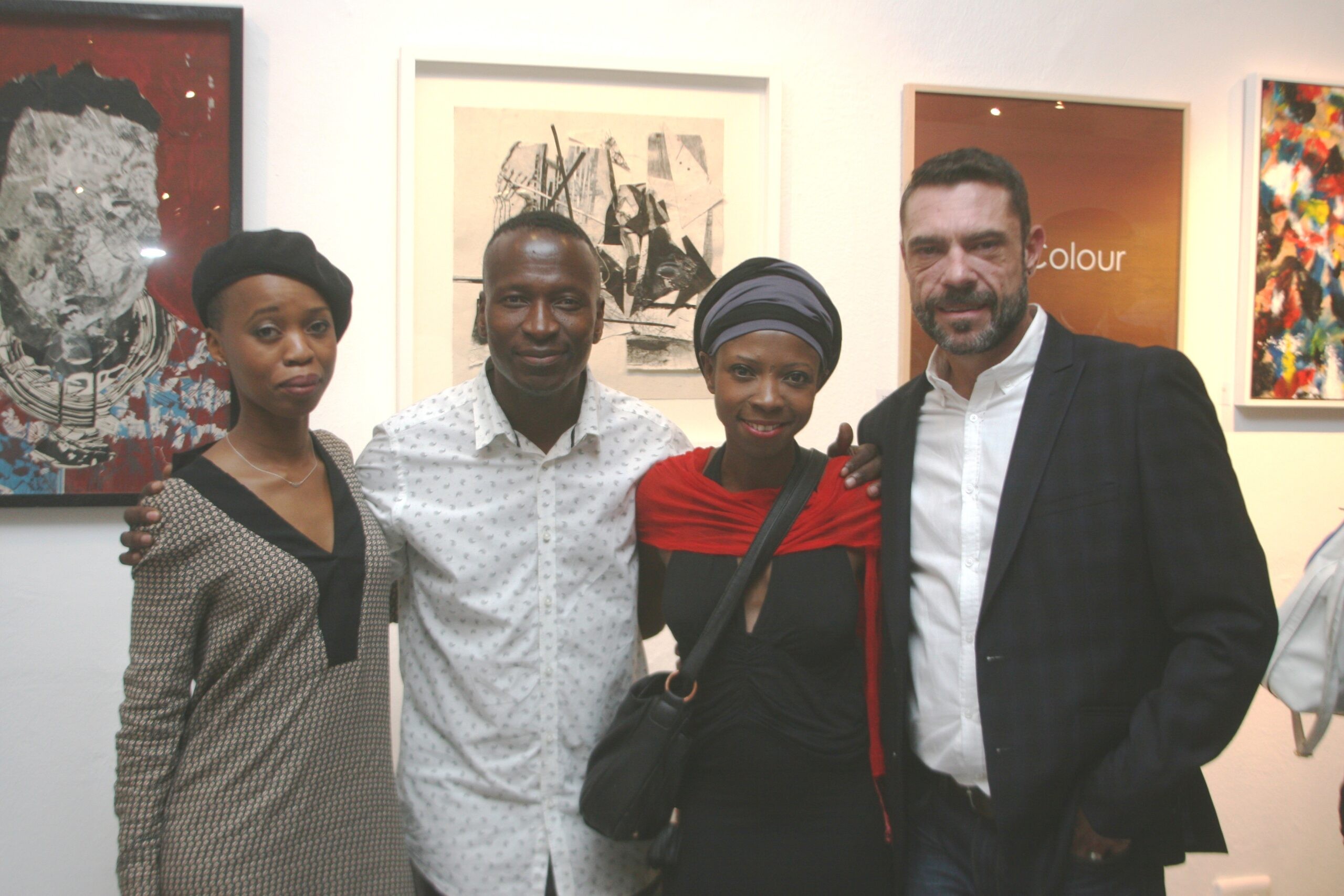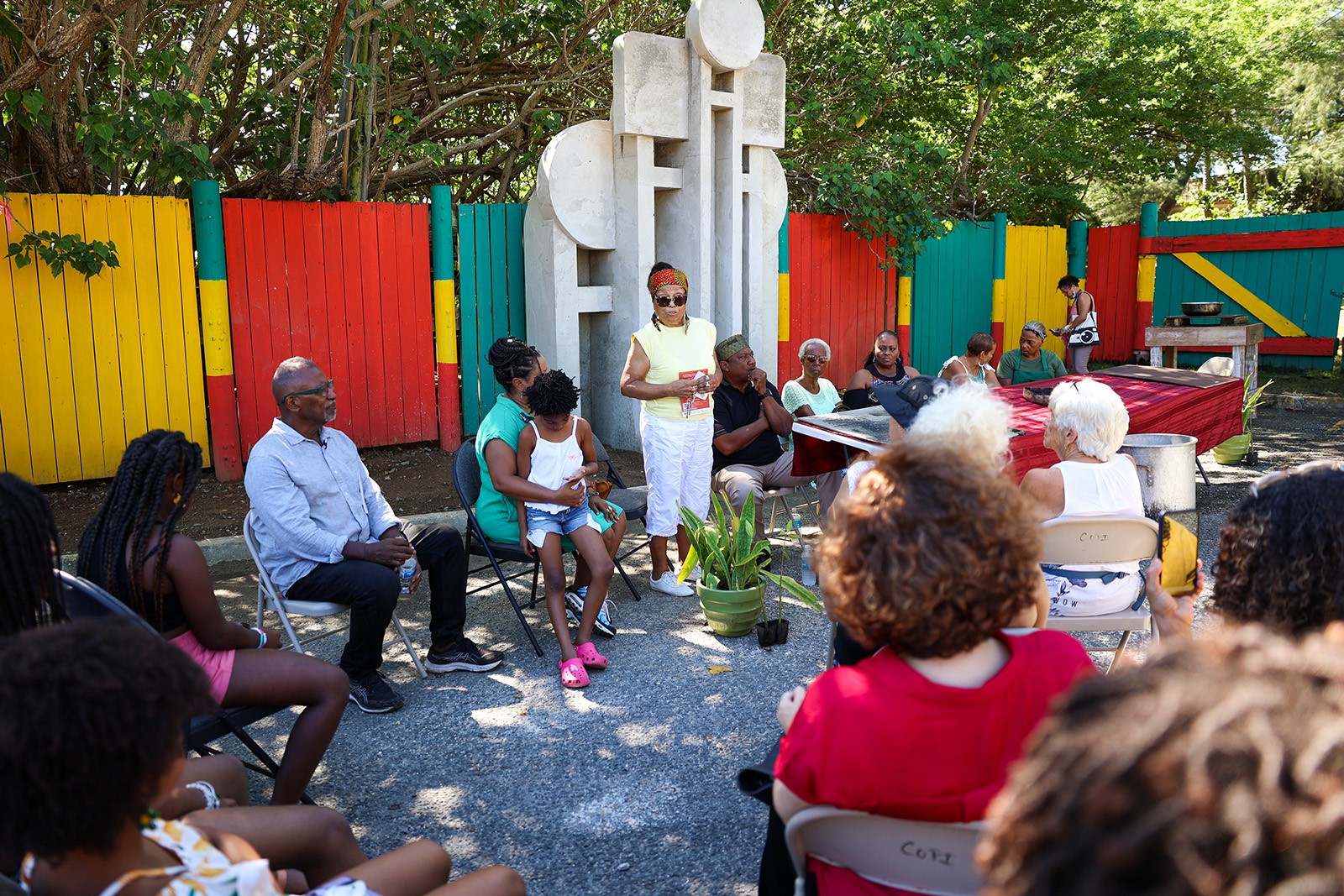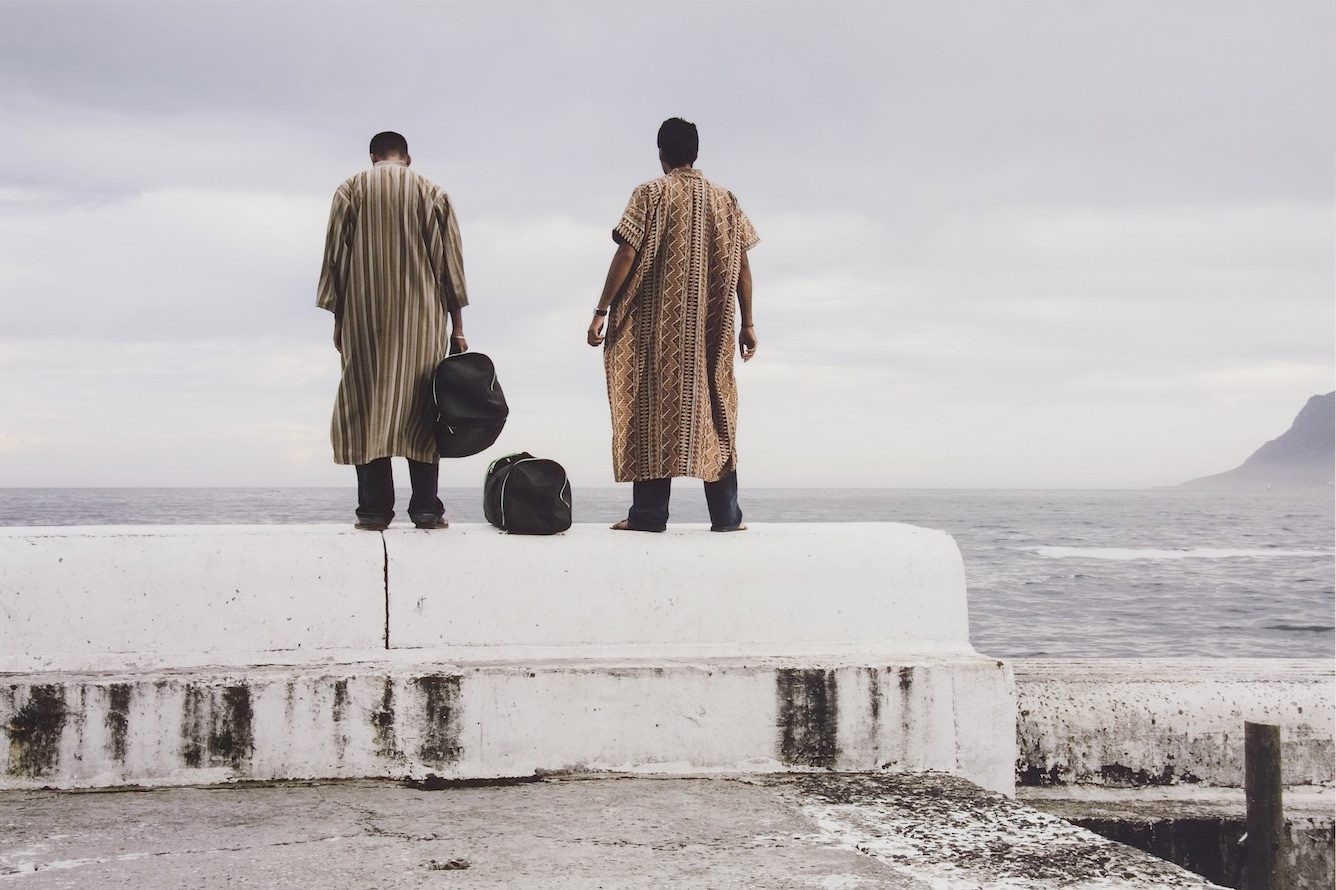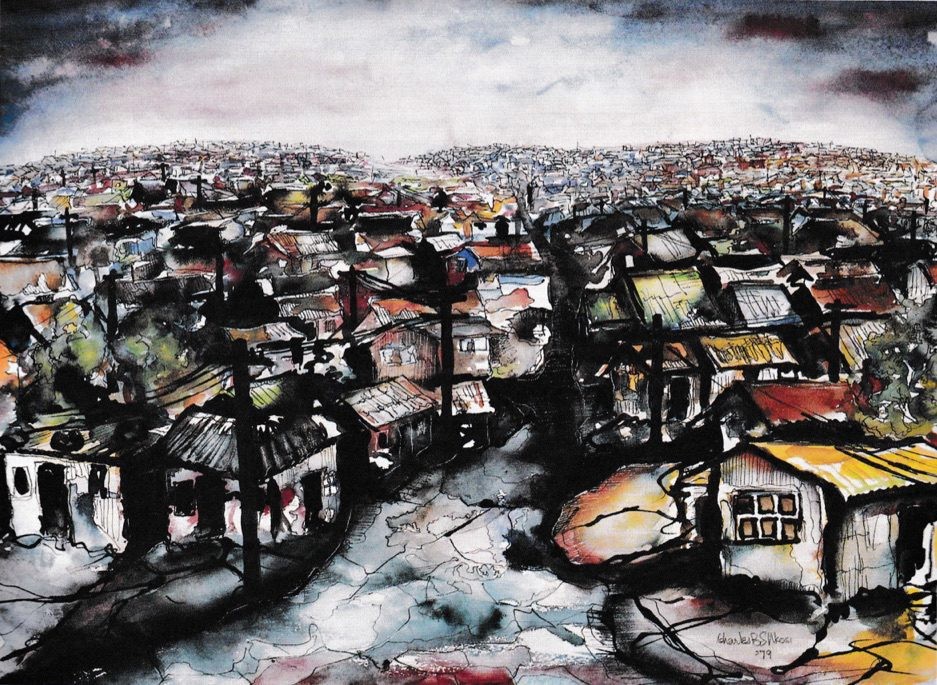Part of the Community

21 December 2016
Magazine C& Magazine
6 min read
. A new gallery opened in Melville this last spring, on the corner of busy 7th street, probably the first one in recent years. Its name, Sosesame, means this is mine, which makes sense in many ways. Although on opening night the place was immediately claimed by the glamorous arts-habitat of Joburg, there was something …
.
A new gallery opened in Melville this last spring, on the corner of busy 7th street, probably the first one in recent years. Its name, Sosesame, means this is mine, which makes sense in many ways. Although on opening night the place was immediately claimed by the glamorous arts-habitat of Joburg, there was something different than at the usual grey-suit-gallery-events. Because Sosame speaks to a different audience and to the local neighborhood.
In a sector, where the major dealers remain largely white and male, with only a miniscule number of black players getting small parts of the art pie, this is unusual. Monna Mokoena, who has been successfully running Gallery Momo, situated in the upmarket northern Johannesburg suburb of Parktown North, has been the exception during the last 10 years. Except him, hardly any successful black gallery owners in South Africa spring to mind - 22 years after the country attained its democracy.
Black players in art are well represented in its creation , but they have to surrender the power to galleries and curators. It is not unusual for a work to be sold for R100 000, with the artist only receiving R40 000 of the proceeds. In those cases, arguments about hidden insurance costs, marketing expenses or rent for the galleries spaces circulate. But the big question remains: Is taking 70 percent of the sales, while the artist goes home with only 30 justified?
Certainly not. But if aggrieved artists speak out publicly about this inequality, they often get isolated by the business. One example is that of painter Nelson Makamo, who recently raised the issue of how unfairly art galleries treat artists in an interview. Soon after he found himself without a gallery to represent him anymore. His old representers, Everard Read, the oldest commercial gallery in South Africa, severed its relationship with him, reportedly as a result of the interview. This inevitably silenced others, who may have had ambitions to speak out.
The opening of the SOSESAME Gallery and its importance within the art world must be understood in this complex nature of a post-colonial and post- apartheid cultural economy. All three members of the collective are black. Director Same Mdluli, veteran artist Johannes Phokela and gallery manager Naomi Menoyoko. They are all very serious about the prospects of their venture in this part of town, that seems to be in perpetual transition. Melville’s village like feel, its cosmopolitan nature and the exuberance of its youthful character due to a large population of students from nearby Universities could both be a curse and a blessing.
But Mdluli likes the complexities of the ‘problematic’ location of their new art gallery. "We expected about 35 artists to send their works for consideration in our first opening, but then we ended up with 65 submissions”, she says. “Most works came from young artists, either students or people at the beginning of their career. That’s one aspect we want to show. Unfortunately there wasn’t enough representation of the older artists, that are currently not signed to a particular gallery. We also expected them to participate, but they have been taken advantage off by so many galleries in the past, that they have adopted a white-and-see attitude before committing themselves to participating in new initiatives.”
Mdluli’s doctorate research in history of art dealt immensely with issues of space for artists in South Africa. She is currently a research associate at Wits Art Museum, a space dedicated to collecting African art. Most of the works out of the 11 000 objects there are not properly labeled. In some cases their collection dates are not recorded, and neither are the artists credited. In almost all cases only the country of origin is mentioned. “There is definitely a lot of work to be done”, says Mdluli. “In some extreme cases, the works were collected as recent as five years ago, but still do not carry the names of the people who created them. And that is not only a problem at Wits Arts Museum.” At Sosesame, Mdluli and her partners try to forge a close relationship with the artists first, and then move forward from there.
“We are also mindful about the accessibility of art to the black middle class”, she says. “While they have money to spend, they are not yet as open as one would expect to invest in art. And price is usually an issue for new buyers, so we have decided to peg the minimum at R4000 and the maximum at R50 000.” Sosame is aiming at developing a new market within the black community, which since 1994, has seen a growth in the middle class - people with disposable income and according to sociologist Roger Southhall with an estimate between 4.5 and 12 million. This is the class that the University of Cape Town’s Unileaver Institute has coined the word Black Diamonds for, as it is understood to be spending huge amounts on luxury goods.
However, when it comes to buying art, there’s still some catching up to do. Which is why Mdluli and company are targeting the community in a two-pronged way – through education with regular art talks at the gallery, as well as with directing their marketing programs and initiatives towards them. “We know that this class has got money”, says Mdluli, “but there is no tradition of collecting art for sentimental or investment reasons in black communities. Furthermore, traditional galleries tend to be intimidating to new people, by way of location and the ambience within the spaces themselves. So, at Sosesame, we want to create an informal atmosphere, that is attractive to prospective new collectors.”
A mentorship program, running alongside the exhibitions, is also planned. “Johannes is passionate about it. Even for the last exhibition, he mentored a young artist” Mdluli explains about her colleague’s approach. Sosesame’s ideas of opening up the arts world also gave their first exhibition its title - it was themed Otherwise. “We wanted to send a message saying: we are different from the others, we present your work”, says Mdluli. “We also wanted to stay away from places such as Parkwood or Maboneng, locations that are known to be hosting several galleries. We know that choosing a location is critical, and with the perception of crime in Melville, some people might think that it may work against us. Our argument though, is that to single out Melville as crime-ridden, is just a perception. Anyway, we have to protect the image of this suburb by having decent establishments, that include the people of the neighborhood.”
.
Edward Tsumele is an award-winning arts writer who contributes to Business Day, Sunday Independent and African Independent in South Africa, and is a correspondent for the UK-based publication New African.
Read more from

Irmandade Vilanismo: Bringing Poetry of the Periphery into the Bienal

I Am Monumental: The Power of African Roots

Fundação Bienal de São Paulo Announces List of Participants for its 36th Edition
Read more from

A Sense of Ubuntu

